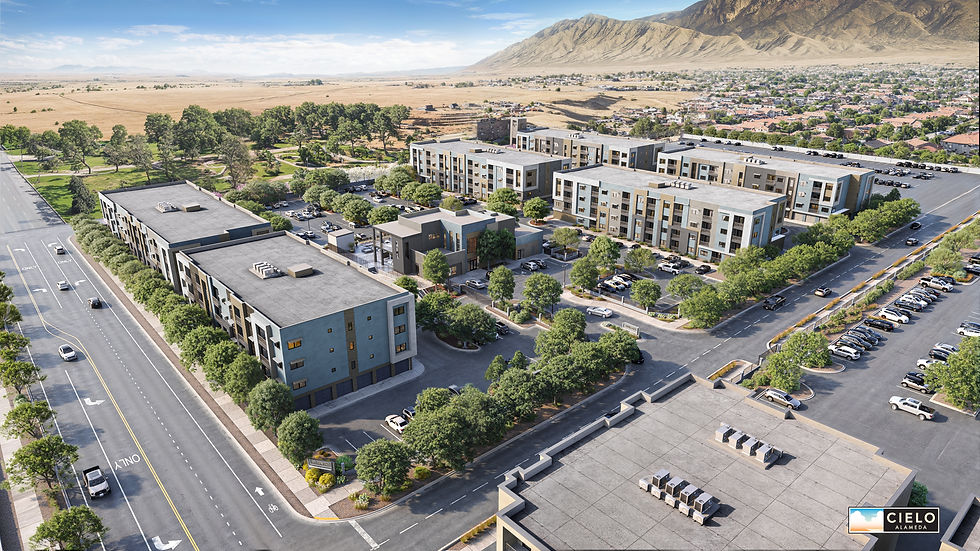Exploring the future of Real Estate with 3D Renderings
- Joshua Ford
- Jul 30
- 2 min read
In the ever-evolving world of real estate, the integration of technology has become paramount in providing potential buyers and tenants with immersive and engaging experiences. With advancements in 3D rendering and virtual tours, the way we view and interact with properties has transformed, offering a more detailed and realistic glimpse into spaces before ever setting foot inside.

The Rise of 3D Renderings
3D renderings have revolutionized property marketing by allowing for intricate visualizations of spaces. From floor plans to full-scale virtual tours, these digital models provide a lifelike representation of properties, enabling prospective buyers to explore every nook and cranny from the comfort of their homes.
Stunning Visuals and Customization
One of the standout features of 3D renderings is the ability to create stunning visuals tailored to a property’s unique attributes. Whether it’s a cozy interior or a sprawling exterior, 3D renderings can be customized to highlight the best features of any space. This level of customization extends to interactive elements, such as furniture placement and material choices, allowing viewers to see the potential of a property fully realized.
Virtual Tours: A New Standard
Virtual tours have set a new standard in property viewing. By offering an immersive experience, potential buyers can virtually walk through properties, gaining a comprehensive understanding of the layout and flow. This is particularly beneficial for those unable to visit in person, as it provides an unparalleled sense of presence and engagement.
Features of Modern Virtual Tours
Modern virtual tours come equipped with a host of features designed to enhance user experience. These include:
· 360-Degree Views: Allowing users to look around in all directions, offering a complete view of the space.
· Interactive Hotspots: Providing detailed information about specific areas or features within the tour.
· Custom Branding: Ensuring that the tour aligns with the property’s marketing strategy and branding.
The Impact on Real Estate Marketing
The integration of 3D renderings and virtual tours into real estate marketing strategies has proven to be a game-changer. Not only do these technologies make properties more accessible and appealing, but they also streamline the decision-making process for potential buyers and renters. By providing a realistic preview, these tools can increase engagement and improve conversion rates, ultimately driving sales and leases.
Looking Ahead
As technology continues to advance, the possibilities for 3D renderings and virtual tours are endless. With the potential for even more interactive and personalized experiences, the real estate industry is poised to offer increasingly sophisticated tools that cater to the needs of modern buyers and tenants.
In conclusion, 3D renderings and virtual tours are not just trends—they are essential components of the future of real estate marketing. By embracing these technologies, real estate professionals can provide unparalleled experiences that meet the demands of today’s digital-savvy consumers.




Comments